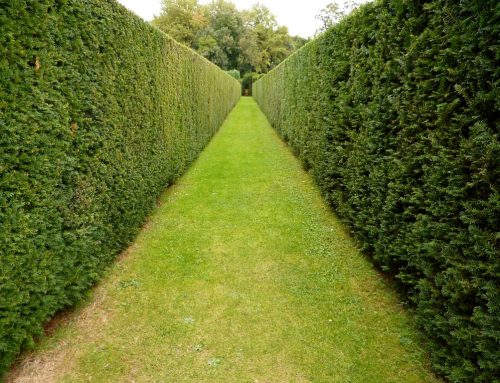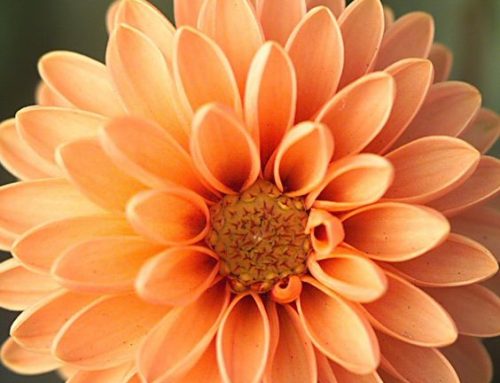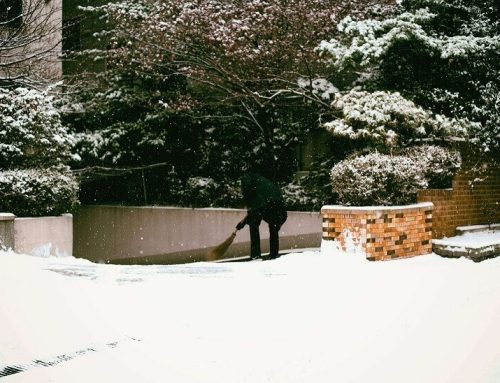Rooftop planting contributes to the development of the urban city environment. Being part of the active, ever-changing and busy rhythm of the big city, each one of us inhales a large amount of harmful emissions, produced by the excessive use of unsustainable transportation alternatives.
Rooftop planting, also known as “green roofs” is the breath of fresh air in the heart of the city. The green roof is a structure of partially or fully landscaped roof surface. The fully functioning green roof consists of several layers through which the landscape specialists achieve the “breathing” effect of the forest.
The standard structure of the green roof landscaping includes of waterproof membrane, on which different layers of soil, root systems and irrigation systems are being successfully integrated. Sometimes landscape designers include potted plants, which creates a never-stopping discussion of whether potted plants are considered a part of the traditional green roof concept or not.
Green roofs have several main objectives in the busy urban environment.
- Aesthetics
Although it’s not the most important one, the aesthetic function of the green roof is among the first reasons for taking the decision of implementing a fully functioning green space on a building rooftop. Green roofs impart freshness and exotics, and serve as a compliment to the minimalistic design of the large buildings, often located in the actual heart of the larger cities.
- Air Quality Improvement
Improvement of the air quality should be the number one reason why experts spend plenty of time properly evaluating the types of vegetation for each individual project, as well as the ways in which this same vegetation can be properly integrated to the selected lot. Green vegetation contributes to the formation of oxygen and reduces the amount of carbon dioxide in the atmosphere, which is also the major cause of breaches in the ozone layer. Greenery helps normalizing the temperatures and reduces the thermal condition, known as the “island effect”.
- Insulation and Heath control
Landscape professionals around the world manage to achieve an insulation effect by covering rooftops with greenery and vegetation. Depending on the season, the type of landscaping vegetation and amount of layers, the green roof contributes to the tangible reduction of heat during the summer months and preserves a higher temperature levels inside the building during the winter.
- The Albedo Effect
Albedo effect is called the ration between the reflected radiation and the incident radiation. Otherwise, the Albedo effect provides an island-like effect of sharp temperature differences between the urban and rural environments. Albedo effect in the city often varies, but does not have significant differences in the temperature levels. Green roofs help the contribution of reducing the heat that’s reflected back into the atmosphere by the bare surfaces of the city. The greenery help absorb the light and release it back by fumes. This has a great impact on the ozone layer, contributing to the dilution of more oxygen.
- Health Benefits
Green spaces help reducing both emotional and physical discomfort in people that live busy lives. Industry professionals recently published an interesting research, which proves that the human need of aesthetic and physical satisfaction that a green space brings, can be met by developing enough green spaces that are easily accessible, with a distance of approximately and not larger than 300m. This it achieves visual and emotionally soothing effect in the visitor, the green space contributes to the actual physical health benefits of walking through a fresh and live vegetation.
Due to infrastructural decisions, the construction of traditional green areas such as parks and public gardens is often difficult. Green roofs are an excellent and possibly – the best alternative to bring the nature back to the city.







